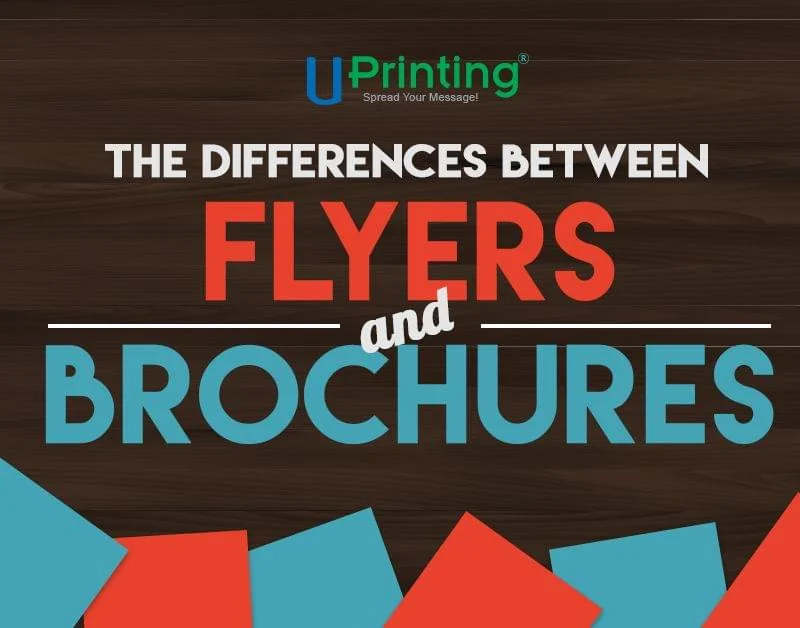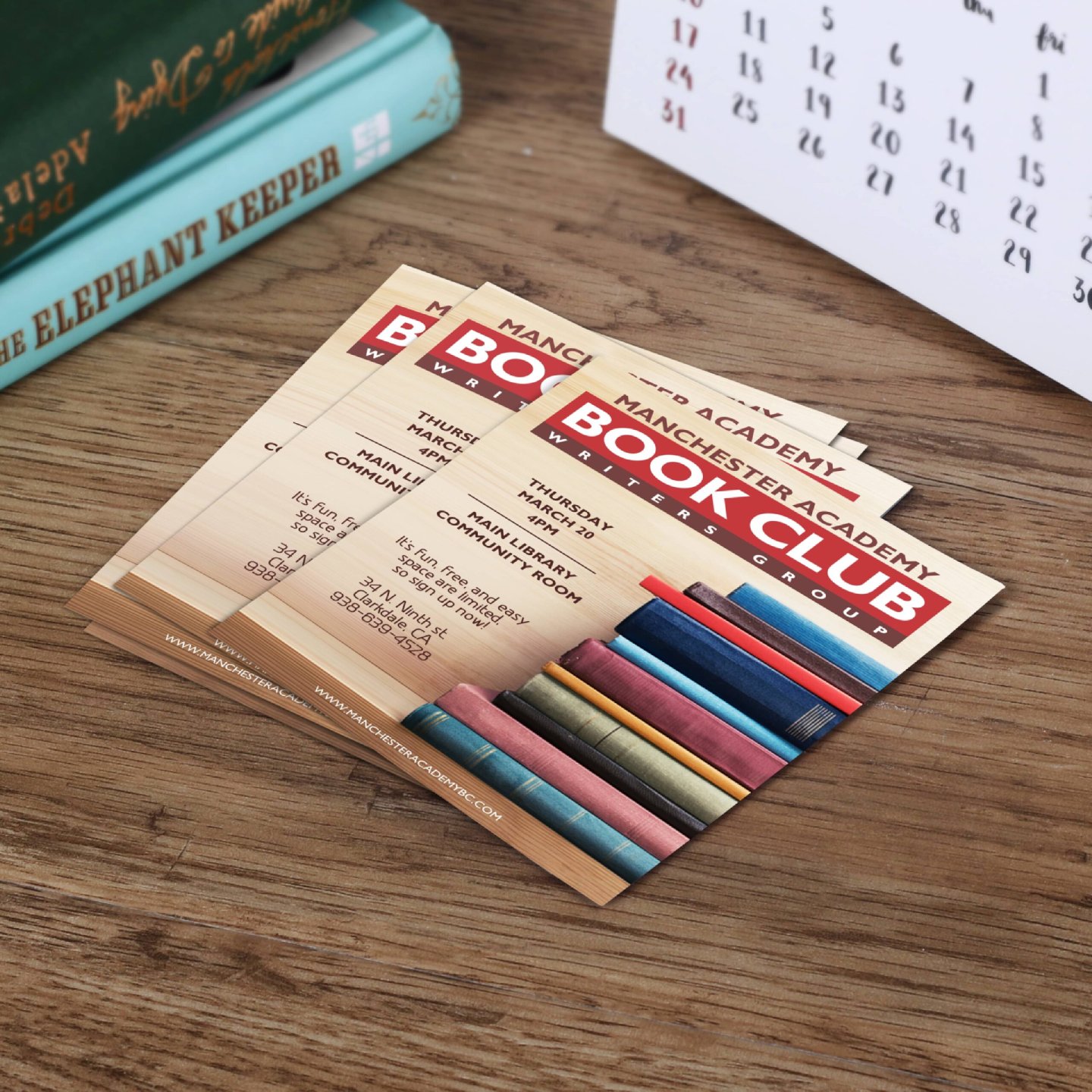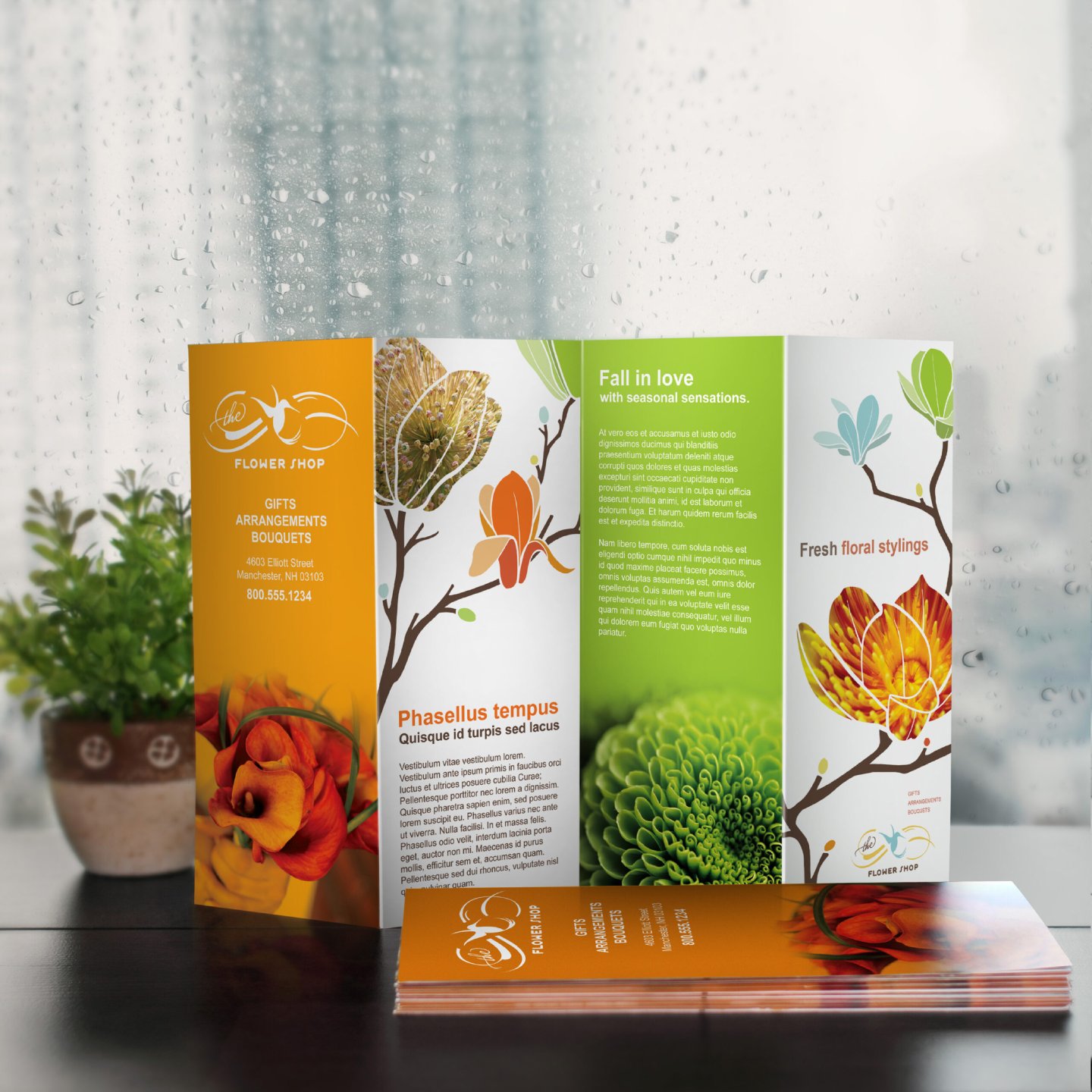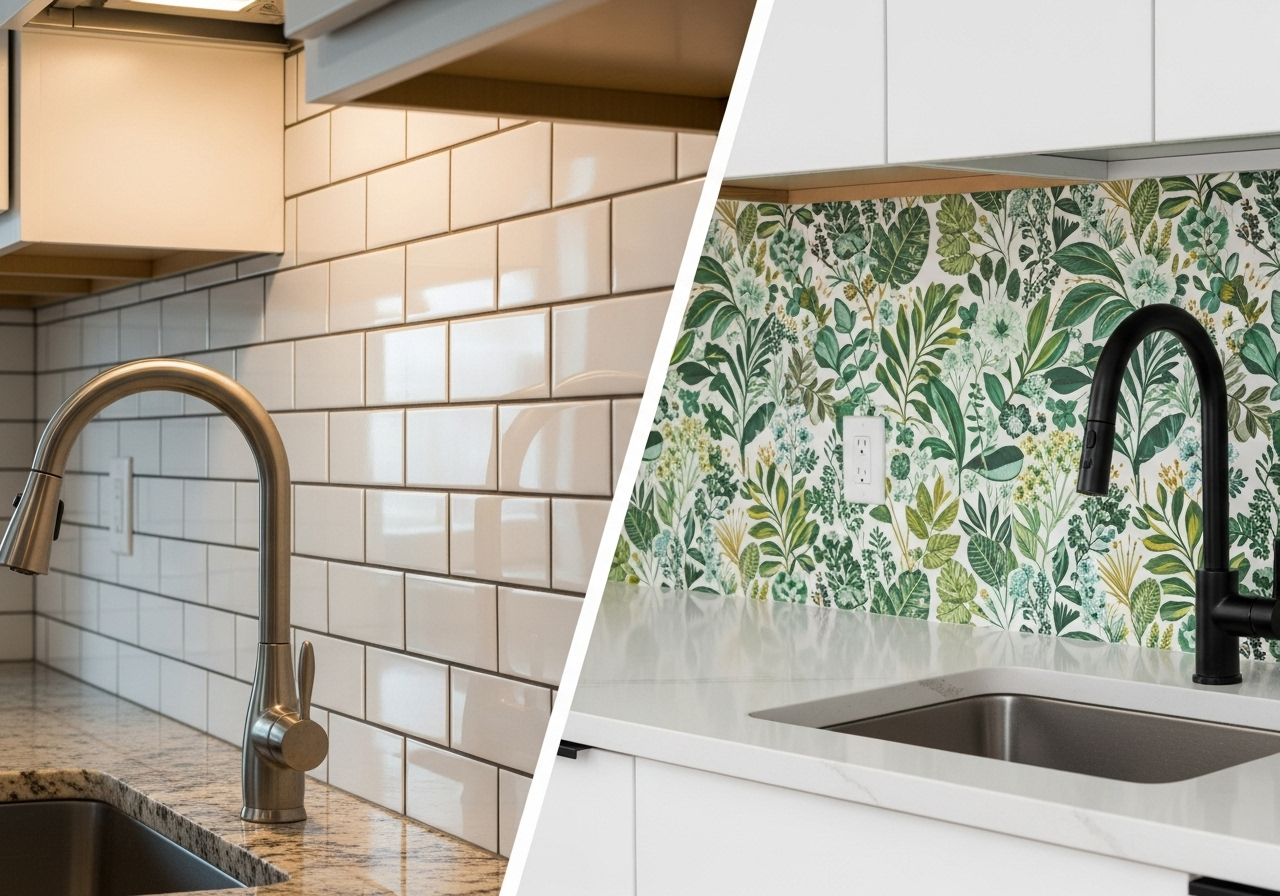
A flyer is a single, unfolded sheet designed for quick, widespread promotion, while a brochure is a folded document used to provide detailed, lasting information. Understanding this core difference is key to choosing the right print marketing tool for your message, budget, and audience. This guide breaks down everything you need to know to make the best choice when considering the differences between flyers and brochures.
What Is a Flyer?
A flyer, also called a leaflet, handbill, or circular, is a single, unfolded sheet of paper used for quick and impactful promotions.
Key features:
- Printed on one or both sides
- Often sized at 8.5″ x 11″, A4, or smaller
- Lightweight and easy to hand out or post
- Designed for short-term visibility and quick reads
Best for:
- Promoting special offers or sales
- Announcing events or grand openings
- Mass distribution through handouts or inserts

What Is a Brochure?
A brochure provides more space and structure for detailed information. It often includes folds such as bi-folds or tri-folds and is usually printed on premium paper or cardstock.
Key features:
- Printed on both sides with one or more folds
- Multiple panels for organizing content
- Coated for durability and a polished finish
- Intended to be kept and referenced
Best for:
- Explaining services or showcasing product
- Providing company information
- Supporting professional or high-end branding

Flyers vs. Brochures: Side-by-Side Comparison
| Features | Flyer | Brochure |
|---|---|---|
| Format | Single, flat sheet | Folded layout such as bi-fold or tri-fold |
| Content | Short and promotional | Detailed and informative |
| Design Complexity | Simple and visual | Structured and branded |
| Lifespan | Short-term, usually disposable | Medium to long-term, often kept for reference |
| Use Case | Handouts, announcements, quick promos | Presentations, customer education, follow-ups |
| Cost | Lower | Higher due to premium materials and folding |
| Common Industries | Retail, food service, events, local shops | Real estate, tourism, education, corporate marketing |
| Paper Type | Standard weight paper | Heavier stock with optional coating |
When to Use a Flyer or a Brochure
Still deciding which one to use? Consider these use cases:
Choose a flyer if you need to:
- Advertise a limited-time event or offer
- Reach a wide audience quickly and affordably
- Hand out materials at busy locations or public areas
Choose a brochure if you want to:
- Explain your products or services in depth
- Make a strong impression with potential clients
- Provide materials that customers will hold onto and review later
Designing for Impact
Design plays an important role in how successful both flyers and brochures are at reaching their audience.
Flyers need to grab attention right away. They work best with bold headlines, striking visuals, and simple language that tells the reader exactly what is being offered.
Brochures are designed to guide the reader through a series of points. Each panel has a purpose, from introducing the company to explaining services to offering next steps.
Good design balances text with images , making the information easy to scan without feeling overwhelming. When done right, a brochure tells a complete story that helps build trust and credibility.
Integrating Print with Digital Marketing
By including QR codes, print materials can complement your digital strategy. A QR code on a flyer or brochure can link directly to websites, booking forms, social media accounts, or video demos, creating a stronger campaign that bridges in-person and online engagement.
Common Mistakes to Avoid
Simple mistakes can hurt the effectiveness of your printed promotional materials. There are three common ones that often reduce the impact of flyers and brochures:
- Using too much text on a flyer
- Printing a brochure on low-quality paper
- Forgetting to include a clear call to action
Using Too Much Text on a Flyer
Flyers are meant to be scanned quickly. Adding long paragraphs or too many details makes them less effective. Keep the message short and focused so people can see the most important information at a glance.
Printing a Brochure on Low-Quality Paper
A brochure should feel like a piece worth keeping. When printed on thin or flimsy paper, it sends the wrong message and may even cause readers to question the professionalism of your business. Investing in better paper stock and finishing makes a real difference.
Forgetting to Include a Clear Call to Action
Both flyers and brochures need to guide the reader to take the next step. That might be calling a phone number, visiting a website, or signing up for an event. Without a clear call to action, the effort and cost of printing may not deliver results.
Choosing the Right Paper and Finish
The type of paper and finish you choose sets the tone for how your print materials are received. Flyers usually work best with standard paper since they’re passed out in high volumes and often viewed quickly.
Brochures benefit from heavier paper and finishes like matte or glossy coating. These choices make a difference in how long the piece lasts and how professional it feels to the reader.
A flyer printed on thin paper is easier to distribute in large numbers, but it may not be something that someone keeps. A brochure printed on heavier stock with a smooth finish is more likely to be placed in a folder or kept for later reference.
The choice depends on whether you want something fast and widespread or something lasting and detailed.
FAQs
Flyers are usually less expensive because they use standard paper and don’t require folding.
Functionally, there is no difference. “Flyer,” “leaflet,” “handbill,” and “circular” are often used interchangeably to describe a single, unfolded promotional sheet.
It can, but brochures are more suitable when you need to present more detailed information.
Flyers are commonly printed in 8.5″ x 11″, but other custom sizes are available, too.
Once a flyer is folded, it technically becomes a brochure. The fold is the primary characteristic that separates the two formats.
Most brochures come in bi-fold or tri-fold formats, but more panels are possible depending on the design.
Choose the Tool That Fits the Job
The choice between flyers and brochures comes down to your primary goal. If you need to spread a simple message to a wide audience quickly and affordably, the flyer is your best friend. If your goal is to educate, inform, and impress potential customers with detailed information they can keep and review, a well-designed brochure is the superior choice.
By understanding their unique strengths, you can select the right tool to deliver your message with impact and maximize your marketing budget.



